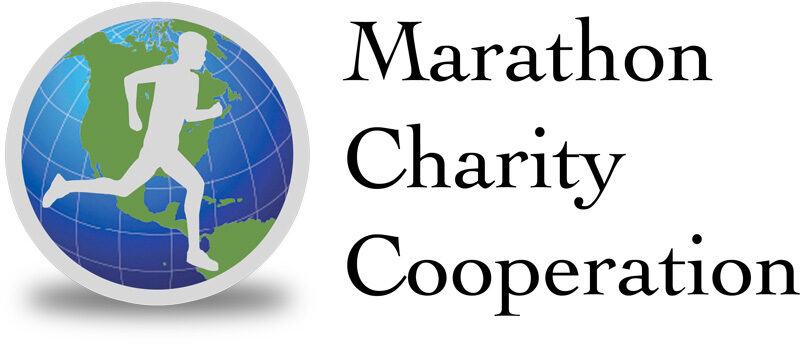By Liz Plosser Image by Chris Korbey
THE BUSY RUNNER’S GUIDE TO GETTING FASTER
Developing speed is ideal for time-pressed runners because getting faster requires short, targeted efforts. “Quick bursts improve your ability to produce energy without using oxygen while strengthening muscles, all of which help improve your speed,” says Jason Karp, Ph.D., an online running coach in San Diego (runcoachjason.com). If you’re new to speedwork or coming back after a layoff, reduce the number of intervals in the following workouts by half and add more time to warm up, recover, and cool down. Add an interval every other week until you’re up to speed.
HERE’S HOW: Run one minute as fast as you can.
Then jog for two minutes. Repeat seven times. (Warm up for five minutes and cool down for four minutes.)
You’ve got … 45 minutes
YOU SHOULD: Run half-mile repeats.
“Longer repeats increase muscle-fiber recruitment, which enhances force production and delays fatigue,” says Karp. “Plus it improves your heart’s ability to pump blood and oxygen to your muscles.”For 35 minutes, alternate three minutes of running 15 seconds faster than 5-K pace with three minutes jogging slowly. (Warm up and cool down for four minutes.)
HERE’S HOW: Alternate fast and slow running.
You’ve got … 20 minutes
YOU SHOULD: Run short sprints.
“It’s the best workout in terms of bang for your buck,” says Karp. “Sprints will help improve your neuromuscular ability to produce force and power, which can improve your running economy and delay muscle fatigue.”You’ve got … 30 minutes
YOU SHOULD: Do one-minute repeats.
Your stride changes when you run faster. “Your stride length increases, and your foot turnover and arm-pumping are different,” says Karp. “Running these high-intensity repeats teaches your body how to maintain good form and run smoothly and quickly.”
HERE’S HOW: Run 100 meters all out.
Then walk for three minutes until you have recovered and caught your breath. Repeat three times. (Start and end the workout with a five-minute jog.)
You’ve got … One hour (or more)
YOU SHOULD: Do a tempo run.
“Regularly incorporating tempo runs into your training will increase the speed at which you can run aerobically, allowing you to run at a faster pace longer,” says Karp. And when fatigue sets in, “you’ll have the reserves to power through it.”Hold this pace for a 40-minute run. (Warm up and cool down for 10 minutes.)
HERE’S HOW: Run 30 seconds slower than 5-K race pace (that’s your tempo pace).
Pace Calculator
You need to know your 5-K and 10-K race paces to do many of the workouts on the following pages. To gauge them, run one mile fast at an even pace. Note the time. To get your 5-K race pace, add 40 to 55 seconds. For your 10-K pace, add 1:00 to 1:15.
